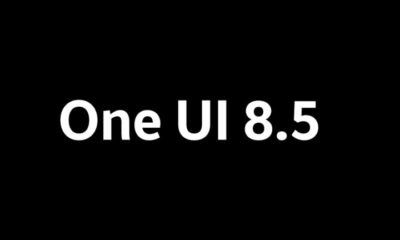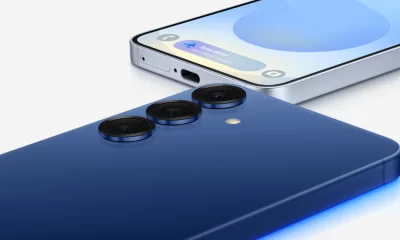Android
New features in Android 16 QPR2 beta 1 for Pixel phones
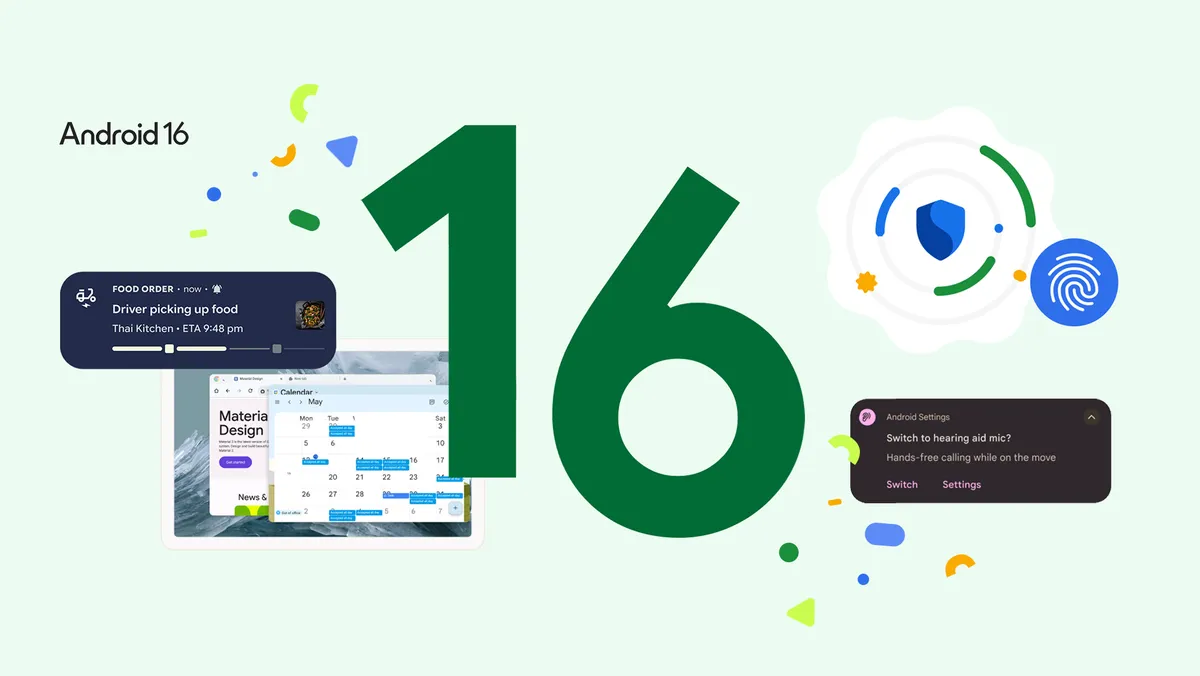
Google recently launched the Android 16 QPR2 Beta 1, giving Pixel users a sneak peek at what’s coming in the December 2025 update. This beta version brings a bunch of fresh features and improvements for Pixel devices, making them more user-friendly and customizable.
Let’s dive into what’s new, from better app visuals to handy flashlight controls and smarter display settings.One cool addition is the ability to make all app icons match your phone’s theme, even if the app doesn’t have its own themed icon. Android 16 QPR2 Beta 1 uses a special color filter to turn regular app icons into a monochrome style that fits your chosen look.
This means your home screen will look more consistent and polished, no matter what apps you use. For example, after installing the beta, all app icons on a Pixel phone automatically picked up the theme, creating a unified appearance. Another exciting feature is the option to customize the shape of app icons on your Pixel’s home screen.
Available in the August 2025 Android Canary release, this lets you pick from five different preset shapes to give your phone a personal touch. While you can’t design your own shapes yet, these options add a fun way to tweak your home screen’s style. Google might bring this feature to the QPR2 beta soon, so keep an eye out for updates.
The flashlight on Pixel phones also gets a big upgrade. In the same August 2025 Canary release, Google added a way to adjust the flashlight’s brightness right from the Quick Settings panel. Tapping the flashlight tile opens a “Flashlight Strength” slider, letting you choose how bright or dim you want it.
This is super useful for situations like searching under furniture or walking in low light, and it’s expected to roll out in the stable Android 16 QPR2 release in December.For better visibility, Android 16 QPR2 Beta 1 introduces an “enhanced HDR brightness” setting.
This lets you control how bright HDR content appears on your screen, so you won’t get blinded by sudden brightness spikes when scrolling through apps like Instagram at night. You can even turn off the extra brightness for HDR content entirely.
This feature, first seen in the July 2025 Android Canary release, is now official in the beta. The update also expands the dark theme to make apps more accessible. If you prefer dark mode but some apps stay in light mode, the system can now automatically switch them to dark. This is great for people with low vision or sensitivity to bright screens, ensuring a smoother and more consistent experience.
Apps that follow standard Android themes will flip automatically, but developers of custom apps need to add a specific setting to make this work. For those who love techy stuff, Android 16 QPR2 Beta 1 adds a neat trick for running Linux apps on your phone. The Linux Terminal app now lets you display output from a Linux virtual machine on your Android device.
This means you can run full desktop programs like GIMP or LibreOffice, or even set up a desktop environment like XFCE. It’s a powerful feature for developers or anyone who wants to push their Pixel to do more. Finally, Pixel phones now support lock screen widgets, a feature that first appeared on tablets with Android 15 QPR1.
This lets you add handy widgets right to your lock screen, making it easier to check info or control apps without unlocking your phone. It’s a small but practical addition that adds convenience to your daily routine. These updates are available for Pixel 6 and newer models enrolled in the Android Beta Program.
If you’re already in the program, you’ll get the update over the air. If you want to switch to the stable version of Android 16 without losing data, you have a short window to opt out before installing QPR2 Beta 1. The stable release is expected on December 2, 2025, so beta testers can try these features now and help shape the final version with their feedback.
This beta shows Google’s focus on making Pixel phones more customizable, accessible, and versatile. Whether you’re tweaking your home screen, adjusting your flashlight, or running Linux apps, Android 16 QPR2 Beta 1 has something exciting for everyone.
Android
Android 16 QPR1 beta brings back classic location icon

Google recently rolled out Android 16 QPR1 Beta 3.1, a small but important update for Pixel devices. This update focuses mainly on fixing bugs, but it also makes a noticeable tweak to the Location Quick Settings Tile. In earlier versions of Android 16, the Quick Settings used a familiar pin icon for location, similar to the one seen in Google Maps and the status bar.
However, the QPR1 betas briefly switched to a cursor-like arrow icon for the Quick Settings Tile, while the status bar kept the pin. With Beta 3.1, Google decided to bring back the pin icon to the Quick Settings, ensuring a consistent look across the system. This change makes it easier for users to recognize the location feature at a glance.
Beyond the icon update, Beta 3.1 tackles 24 bug fixes to improve the overall experience. For example, it addresses Wi-Fi-related issues that caused devices to become unstable or restart unexpectedly. The update optimizes how the system handles network data to prevent crashes. Another fix resolves a problem where the home screen lost its bottom row of apps and the search bar, making them inaccessible.
By improving how these elements reappear after screen changes, Google ensures a smoother user experience. Notifications also get some love, with fixes for overlapping text in the notification shade, making them easier to read.Other improvements include stabilizing foldable devices, where the Quick Settings layout was sometimes misaligned due to incorrect padding around the camera cutout.
The update also fixes issues like random device restarts, a glitchy media player on the lock screen, and a large gap in the notification shade that hid alerts. Problems with video call audio and home screen bars appearing after exiting full-screen apps are also resolved. This beta, still on the July 2025 security patch, is likely the final one before the stable release expected in early September for Pixel devices.
If you’re using a Pixel and enrolled in the beta program, you can check for the update in Settings > System > Software updates. This release shows Google’s focus on polishing Android 16 for a reliable and user-friendly experience.
Android
Google updates Chrome, Android, and Contacts app
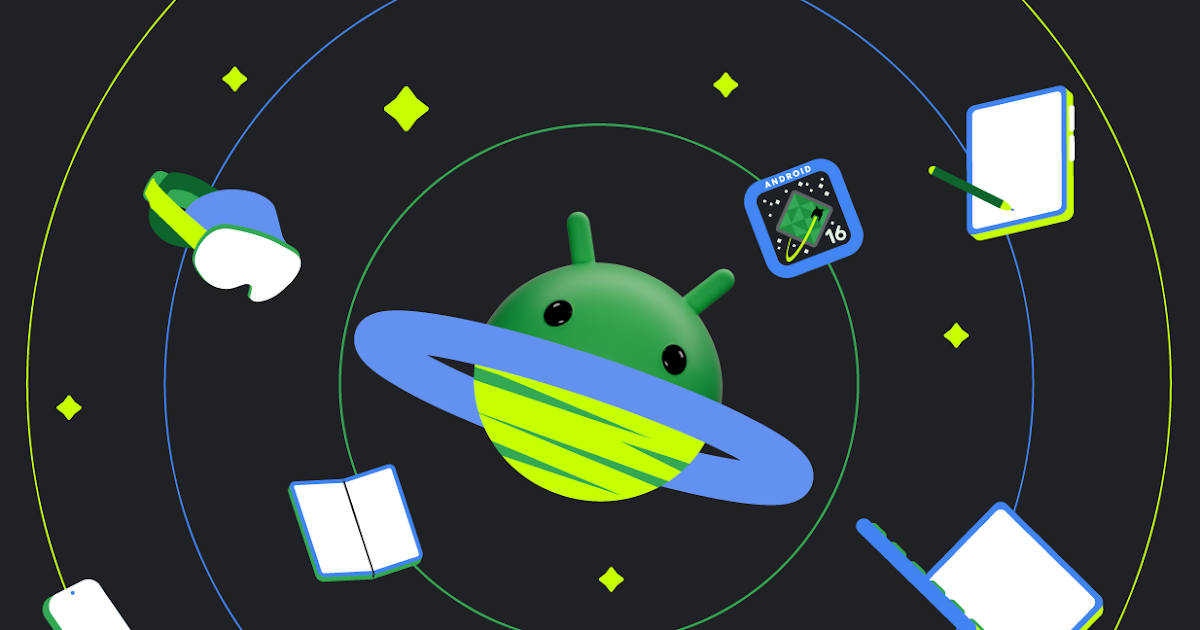
Google has rolled out fresh updates for its Chrome browser, Android system, and Contacts app, bringing new features and better performance to users. These changes aim to make your phone easier to use, safer, and more visually appealing. The Chrome browser on Android got a boost with version 139.
It now offers improved tab grouping, making it simpler to organize and switch between open tabs. A new “Copy link” shortcut fix ensures you can quickly share web pages without hassle. However, this version no longer supports Android 8.0 (Oreo) or 9.0 (Pie). If your phone runs these older systems, you’ll need to upgrade to Android 10 or higher to keep getting Chrome updates.
This change helps Google focus on newer, more secure systems, but older phones can still use Chrome 138, though without future updates. For Pixel phone users, Android 16 QPR1 Beta 3.1 is now available. This update, part of Google’s testing phase, brings the Material 3 Expressive design to Pixel devices.
It includes smoother animations, updated colors, and refreshed app icons, giving your phone a modern look. The update also fixes bugs, like issues with the Pixel Launcher and fingerprint unlocking, to improve reliability. It’s rolling out gradually to Pixel 6, 7, 8, 9, and their Pro, Fold, and Tablet models, so you might need to wait a bit to get it.
The Google Contacts app also got a makeover with the Material 3 Expressive design. It now has a cleaner layout, bolder colors, and rounded buttons, making it easier to navigate. Contact photos are bigger, and new animations add a lively feel. The update also tweaks the contact creation page for better usability.
This redesign is rolling out to Android users, with iOS support coming soon.These updates show Google’s effort to keep its apps and systems fresh, secure, and user-friendly. If you’re on a supported device, check for these updates to enjoy a smoother and more stylish experience.
Android
What’s the codename for Android 17?

Google has a fun tradition of giving its Android versions dessert-themed codenames, even if they don’t share them publicly anymore. For Android 17, set to launch in 2026, the internal codename is “Cinnamon Bun.”
This sweet choice follows the pattern set by Android 16’s codename, “Baklava,” which broke from the usual alphabetical order due to Google’s new development approach called the “Trunk Stable” project.
This method keeps all coding work in one stable branch, making updates smoother and more reliable.The codename “Cinnamon Bun” was uncovered through a trusted source at Google, tied to API level 37.0, which points to Android 17.
While the dessert name won’t appear in official marketing, it might show up in early beta versions before being replaced with just “Android 17” in the final release.
Fans of the tradition might even spot a cinnamon bun-themed statue at Google’s campus when the time comes.Android 17 is expected to bring some exciting updates. Features like a desktop mode, similar to Samsung’s DeX, will let users connect their phones to external screens for a computer-like experience.
There’s also “Material 3 Expressive,” a design update with smoother animations, new icons, and refreshed colors to make the interface more lively. Other additions include better factory reset protection to keep devices secure and “Live Updates” for real-time notifications, like tracking food deliveries on your lock screen.
Google has shifted its release schedule, so Android 17’s first developer preview might drop in November 2025, with a full launch around May or June 2026. This faster timeline ensures new devices, like the Pixel 10, can ship with the latest software.
While we don’t know all the details yet, Android 17 promises to make your phone more secure, user-friendly, and fun to use. Keep an eye out for more news as the release gets closer!
-
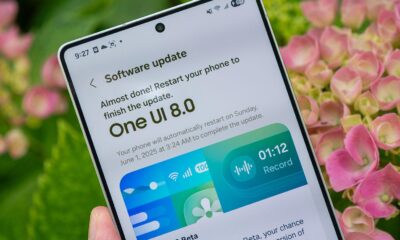
 Android2 months ago
Android2 months agoSamsung’s new One UI 8 update coming to Galaxy S24 and S23
-
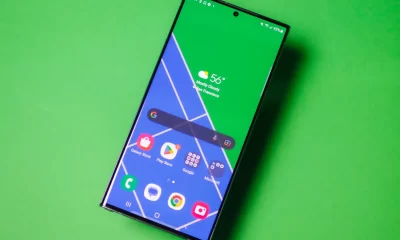
 News1 month ago
News1 month agoSamsung Galaxy S23 camera struggles after One UI 7 update
-

 Android2 months ago
Android2 months agoSamsung Galaxy S23 to see speed boost with One UI 8 update
-

 News2 months ago
News2 months agoSamsung’s new One UI 8 update brings smarter features to Galaxy phones
-

 News2 months ago
News2 months agoGalaxy S23 gets smoother animations with early One UI 8
-
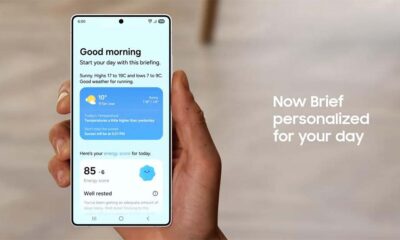
 News2 months ago
News2 months agoSamsung phones in Europe get new Now Brief feature
-
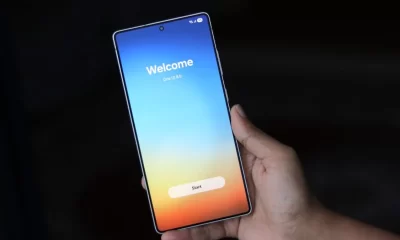
 News1 month ago
News1 month agoNew One UI 8 features for Galaxy S24 and S23 phones
-

 Android2 months ago
Android2 months agoSamsung Galaxy S25 gets stable One UI 8 update early
